Increased Funding and Investment
The Brain-Computer Interface Market is benefiting from increased funding and investment from both public and private sectors. Governments and venture capitalists are recognizing the potential of brain-computer interfaces to revolutionize various fields, including healthcare, education, and entertainment. This influx of capital is facilitating research and development initiatives, leading to the emergence of innovative products and services. Reports indicate that investment in neurotechnology startups has surged, with funding reaching over 1 billion USD in recent years. This financial support is likely to accelerate advancements in the Brain-Computer Interface Market, paving the way for new breakthroughs.
Rising Demand for Assistive Technologies
The Brain-Computer Interface Market is witnessing a surge in demand for assistive technologies, particularly for individuals with disabilities. As awareness of neurodegenerative diseases and mobility impairments increases, the need for innovative solutions that enhance quality of life becomes more pressing. Brain-computer interfaces offer unique opportunities for individuals to interact with their environment through thought alone, thereby fostering independence. The market for assistive devices is expected to grow significantly, with estimates suggesting a compound annual growth rate of over 15% in the coming years. This trend indicates a robust expansion of the Brain-Computer Interface Market as it aligns with societal needs.
Growing Interest in Mental Health Solutions
The Brain-Computer Interface Market is increasingly intersecting with mental health solutions, as there is a growing recognition of the importance of mental well-being. Brain-computer interfaces have the potential to provide real-time feedback on brain activity, which can be instrumental in diagnosing and treating mental health disorders. The market for mental health technologies is projected to expand significantly, with estimates suggesting a growth rate of around 20% annually. This trend indicates a shift towards integrating brain-computer interfaces into therapeutic practices, thereby enhancing the overall efficacy of mental health interventions within the Brain-Computer Interface Market.
Technological Advancements in Neurotechnology
The Brain-Computer Interface Market is experiencing rapid growth due to advancements in neurotechnology. Innovations in signal processing, machine learning, and neuroimaging techniques are enhancing the efficacy of brain-computer interfaces. These technologies enable more accurate interpretation of neural signals, which is crucial for developing effective applications in healthcare, gaming, and communication. The market is projected to reach a valuation of approximately 3 billion USD by 2026, driven by these technological improvements. As research continues to evolve, the potential for new applications in rehabilitation and assistive technologies becomes increasingly apparent, suggesting a promising future for the Brain-Computer Interface Market.
Expansion of Gaming and Entertainment Applications
The Brain-Computer Interface Market is experiencing notable growth in the gaming and entertainment sectors. As consumer demand for immersive experiences increases, developers are exploring the integration of brain-computer interfaces to create more engaging and interactive gaming environments. This trend is supported by advancements in technology that allow for seamless interaction between the user and the game through neural signals. The gaming industry is projected to contribute significantly to the overall market, with estimates indicating a potential market size of over 1.5 billion USD by 2027. This expansion highlights the versatility and appeal of the Brain-Computer Interface Market across various entertainment platforms.
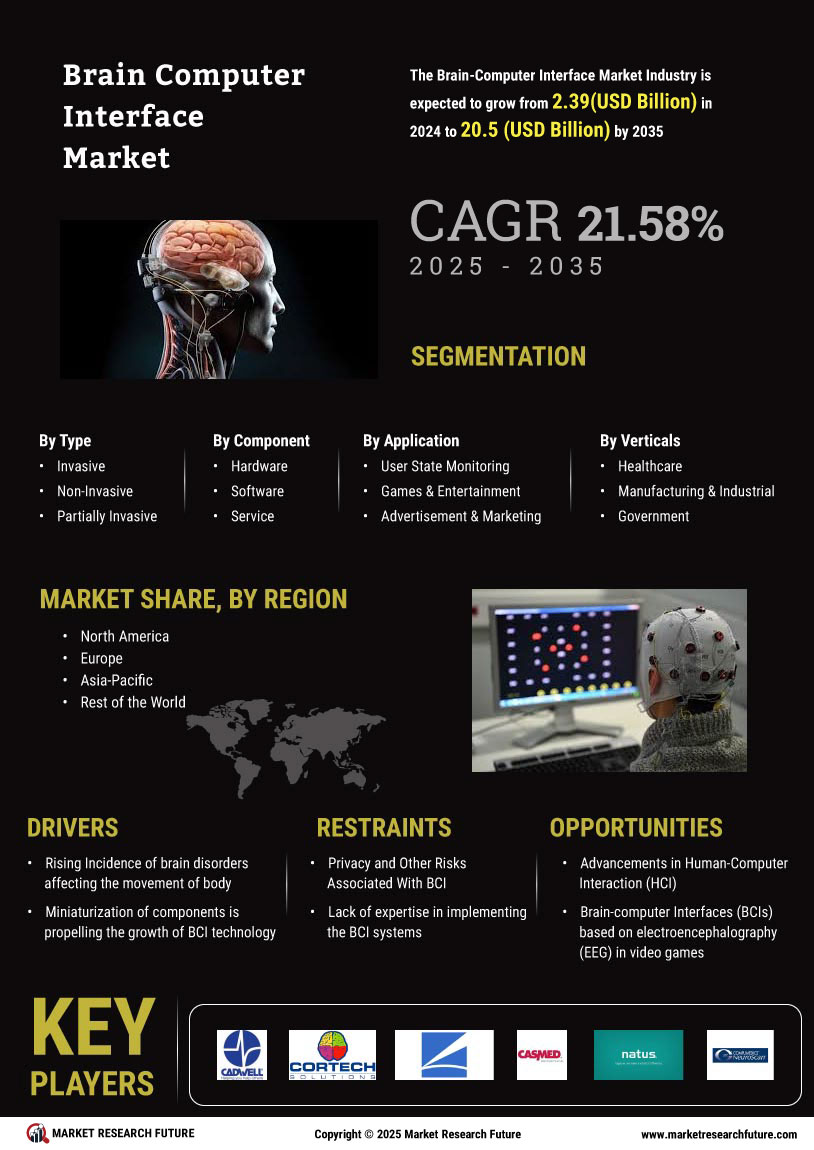

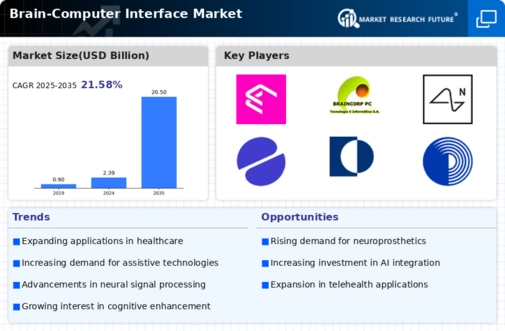
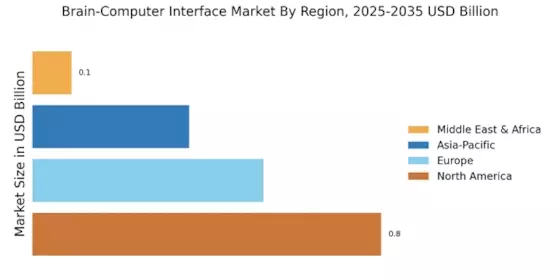
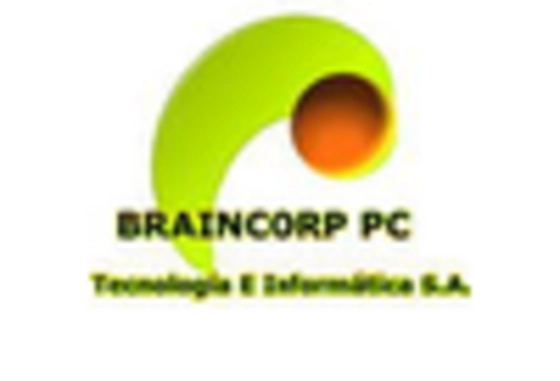
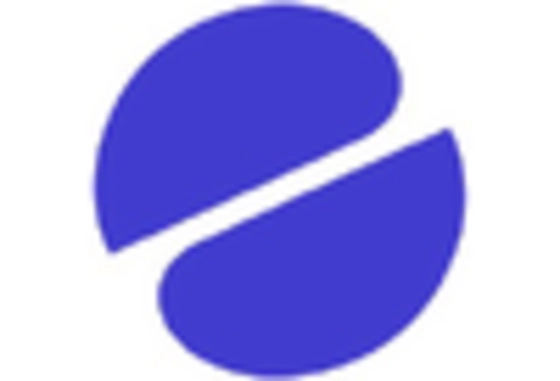
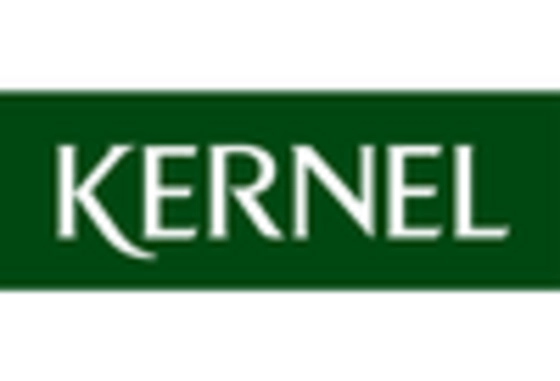
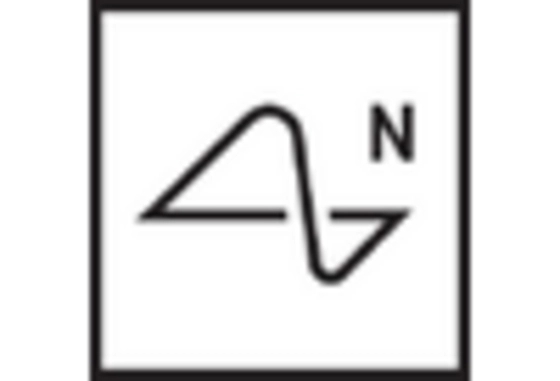

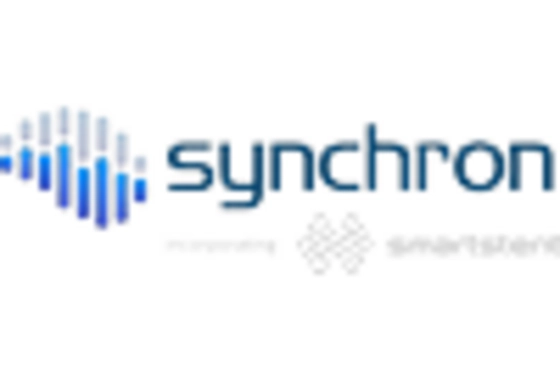








Leave a Comment